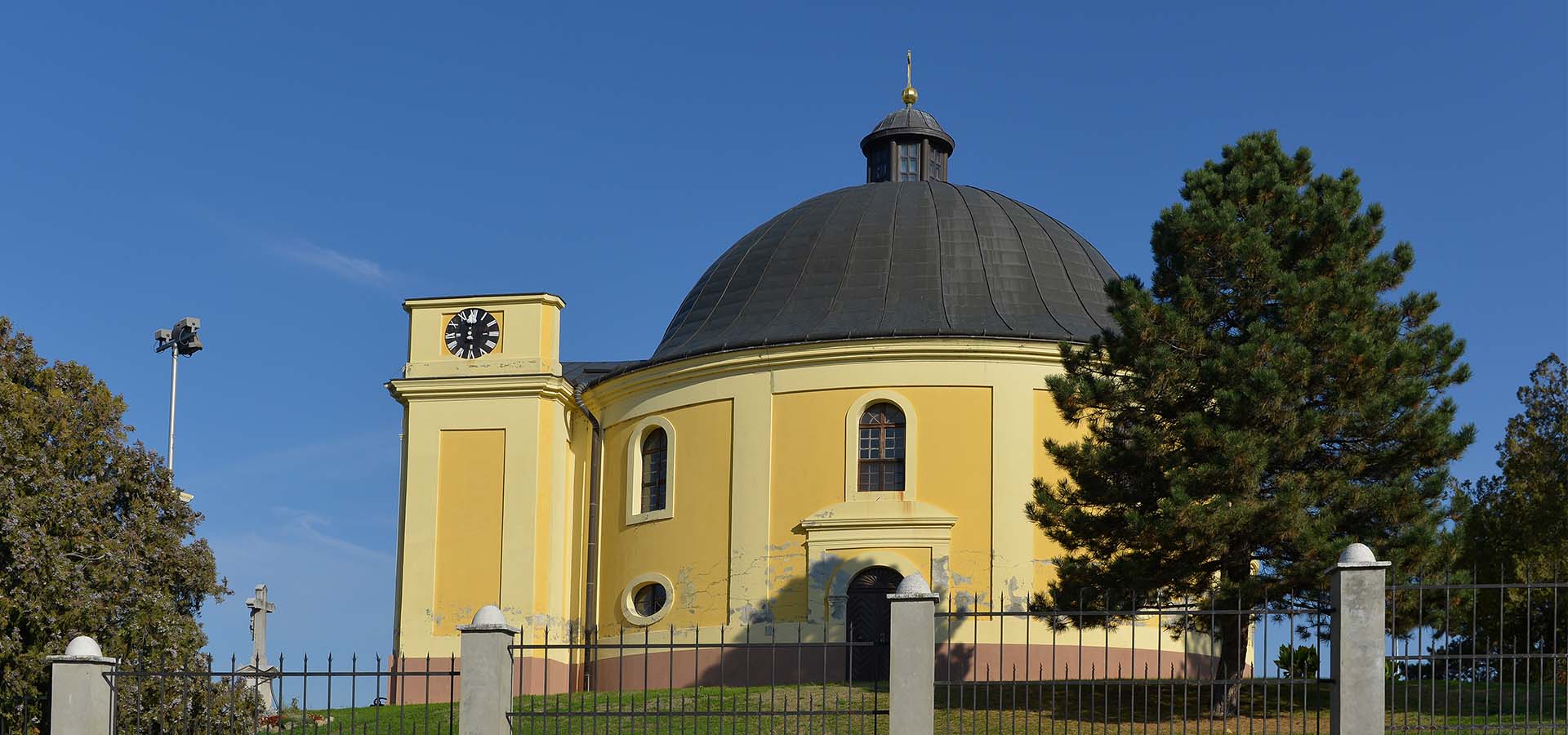
Treaty of Karlowitz
The long war between the Holy Alliance, a coalition of Austria, Poland, Venice, the Papal States and Russia, on the one hand and the Ottoman Empire on the other exhausted all the resources of the warring parties. None of the involved powers was able to end the war as a winner. The war began in 1683, with the hasty attack by the Pasha of Buda to besiege Vienna. The siege was quickly relieved thanks to the intervention of the Polish king Jan Sobieski, which served as a reason for other countries to join the war against the Ottoman Empire, entertaining high hopes to drive the Turks from Europe back to Asia. Unfortunately for the members of the Holy League and the conquered Christian peoples of the Balkans, Turkey was not yet ready to complete its mission in Europe and the war continued with great twists in the fortunes of the war in the following years. For fifteen years, Bellona ruled the Balkans and the Eastern Mediterranean. This stopped every other activity in this part of the world, especially trade, in which, due to the shortest route to India and the Far East, the Dutch and the English were most interested. That is why peacemaking initiatives were launched. The warring powers accepted this peace-seeking initiative.
However, the peace that was to be concluded was the most complicated issue that diplomats had ever undertaken in the history of human civilization. The first problem that arose was where the peace talks would be held. The previous custom of holding a peace conference on the territory of the winning side was not possible in this case because there was no winner. Therefore, it was agreed to start the negotiations on no man’s land, on the military frontier between the two warring parties. By coincidence, the demarcation line between the warring armies of Austria and Turkey passed through the small town of Karlovci (then Karlowitz), exactly halfway between the Austrian fort of Petrovaradin and the Turkish stronghold in the area of Banstol. It took both parties the same amount of time to reach the place where the negotiations began in October 1698. All representatives of the Holy League were lodged in Petrovaradin, as well as mediators from the Netherlands and England. However, at the very beginning, the negotiating parties could not meet. There was a problem of the order of entering and seating at the negotiations. In this case, previous diplomatic protocols could not apply either. Convention dictated that the representative of the winning side enters first, who then takes the seat at the head of the table. However, in this circumstance there was no such winner. Consequently, it was suggested that the house where the negotiations were to begin should be built with four doors. Thus, the diplomatic representatives of Austria, Venice, Poland and Turkey could enter the negotiation room at the same time. Furthering on the demand of equality, one of the English mediators put forth the possibility for all negotiators to take an equal place at the negotiating table, remembering King Arthur and his knights who emphasized their mutual equality by sitting at a round table. The proposal was unanimously accepted by all the other attendees as an ideal way to avoid any party feeling subordinate. It was a major concern that a diplomatic incident should not cause termination in negotiations and the continuation of the war.
The negotiations were held for the next few months albeit the most severe weather conditions, which were the hardest for the Turkish negotiators, who had been accustomed to milder climates. That is why, on January 26, 1699, the Turkish representative suddenly decided to agree to the principle of Status quo post bellum, that is, the situation as found at the end of the war. This is how the legend arose that despite all the diplomatic skills and efforts by half of Europe, peace came about because of the cold and snow. Namely, the Turkish negotiators allegedly got tired of making a five-kilometer long trip to Karlovci through drifts of snow every day, so they were quick to agree to all the proposed terms. With this Treaty, the Ottoman Empire ceased to be one of the biggest powers in Europe, and lost almost the entire Pannonian basin. It also marked the beginning of the end of the Turkish rule in Europe, which eventually ceased only at the beginning of the 20th century.


